
Spring has finally arrived and we’re thinking about where to spend our vacation.
Urlaubsarchitektur – or ‘Holiday Architecture’ – started life as a website in 2007, founded by architect Jan Hamer. Over the last decade, it’s become a go-to for design-conscious vacationers looking for modern architecture rentals as striking as their locations.
The website has now spilled over into a book: Holiday Architecture – special houses for the best weeks of the year. We spoke to Hamer about how the desires of the modern traveller are changing, and selected five of our favourite boltholes across Europe.
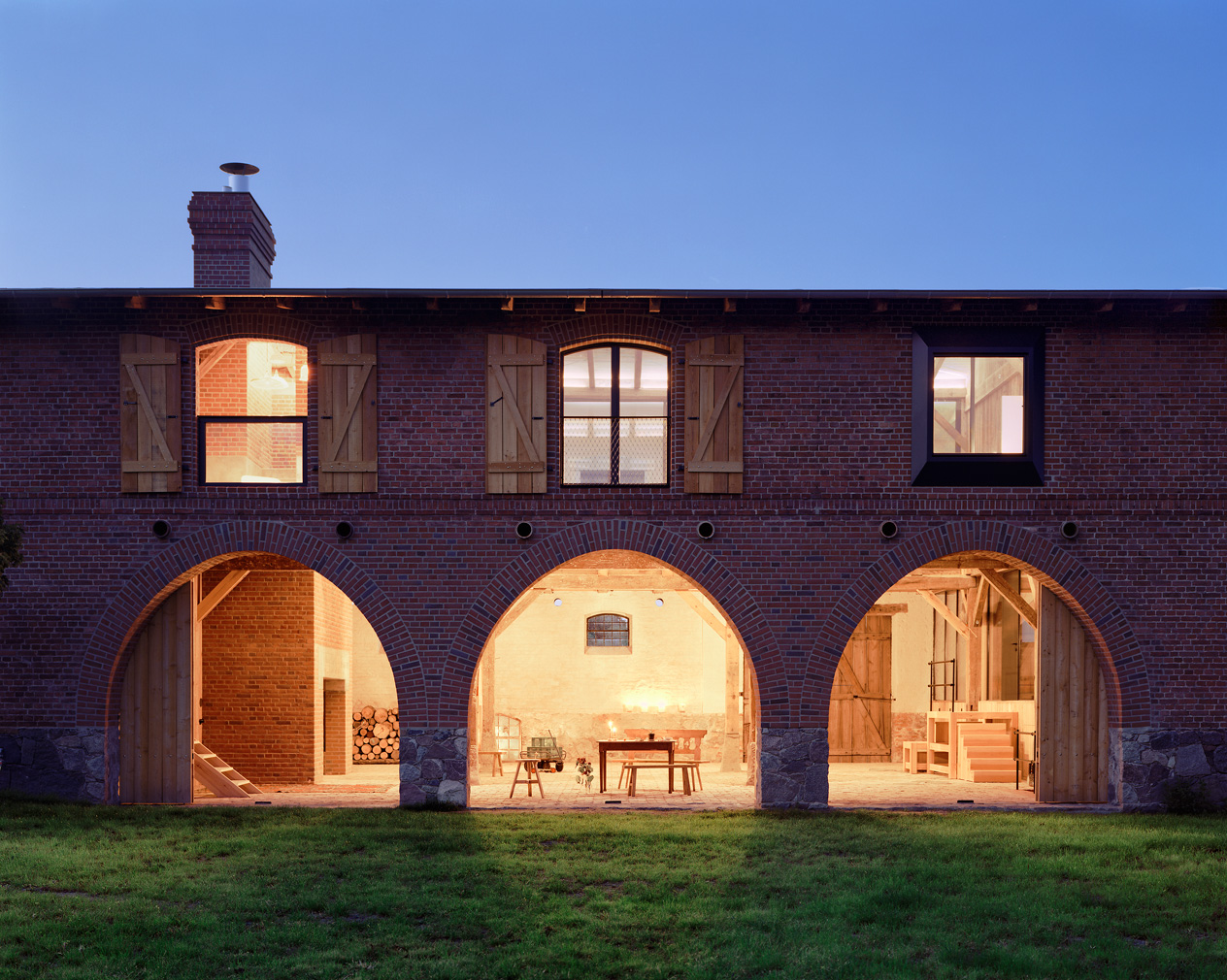
How have the tastes of holidaymakers adapted since you launched in 2007?
Jan Hamer: The definition of ‘luxury’ is becoming increasingly diverse. For some this means more extras and excess; for others, a return to the bare essentials. We’ve definitely seen an higher demand for quality and authenticity in the design of holiday homes.
Is there a particular architectural style that’s especially sought after at the moment?
The ‘vintage style’ has always been very popular. But what’s new is what we refer to as ‘rough conversions’. These building are stripped to their foundational structure and then refitted with modern facilities and furnishings.
‘Barn-look’ holiday homes are also popular. Their forms, designs and structural materials are inspired by traditional log cabins, creating a sense of old-world simplicity.
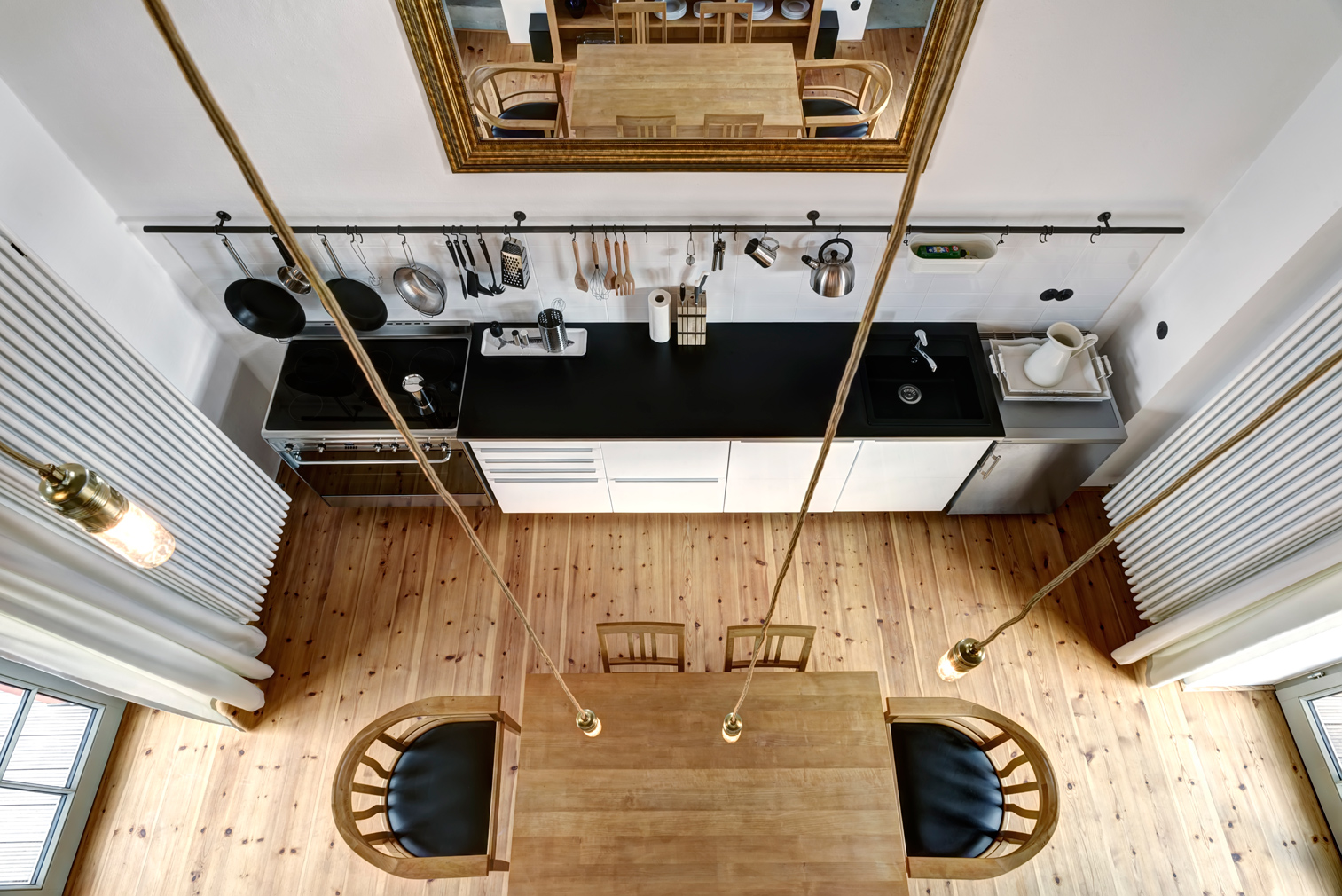
You feature properties across Europe. Have you noticed one nation asserting itself above others as the destination for boutique holiday goers?
Travel habits and preferences will naturally differ from one European country to the next. But our most exciting houses have very often been developed by people from other countries. Dutch expatriates in France or Portugal; the English in Italy; Germans in Spain… Outsiders often have a keener eye for great design ideas – and they have a better understanding of the needs and requirements of their future guests.
How have the likes of Airbnb changed the holiday rental game?
The basic premise of Airbnb is great: now anyone can rent accommodation directly, providing a welcome alternative to the offers from major tourism companies.
But Airbnb has since started to compete more aggressively and its grip over the renting process has tightened. Urlaubsarchitektur does not arrange bookings; instead, guests can book directly with each host. And in contrast to Airbnb, we are concerned with quality rather than quantity…
1. Rote Scheune, Brandenburg, Germany
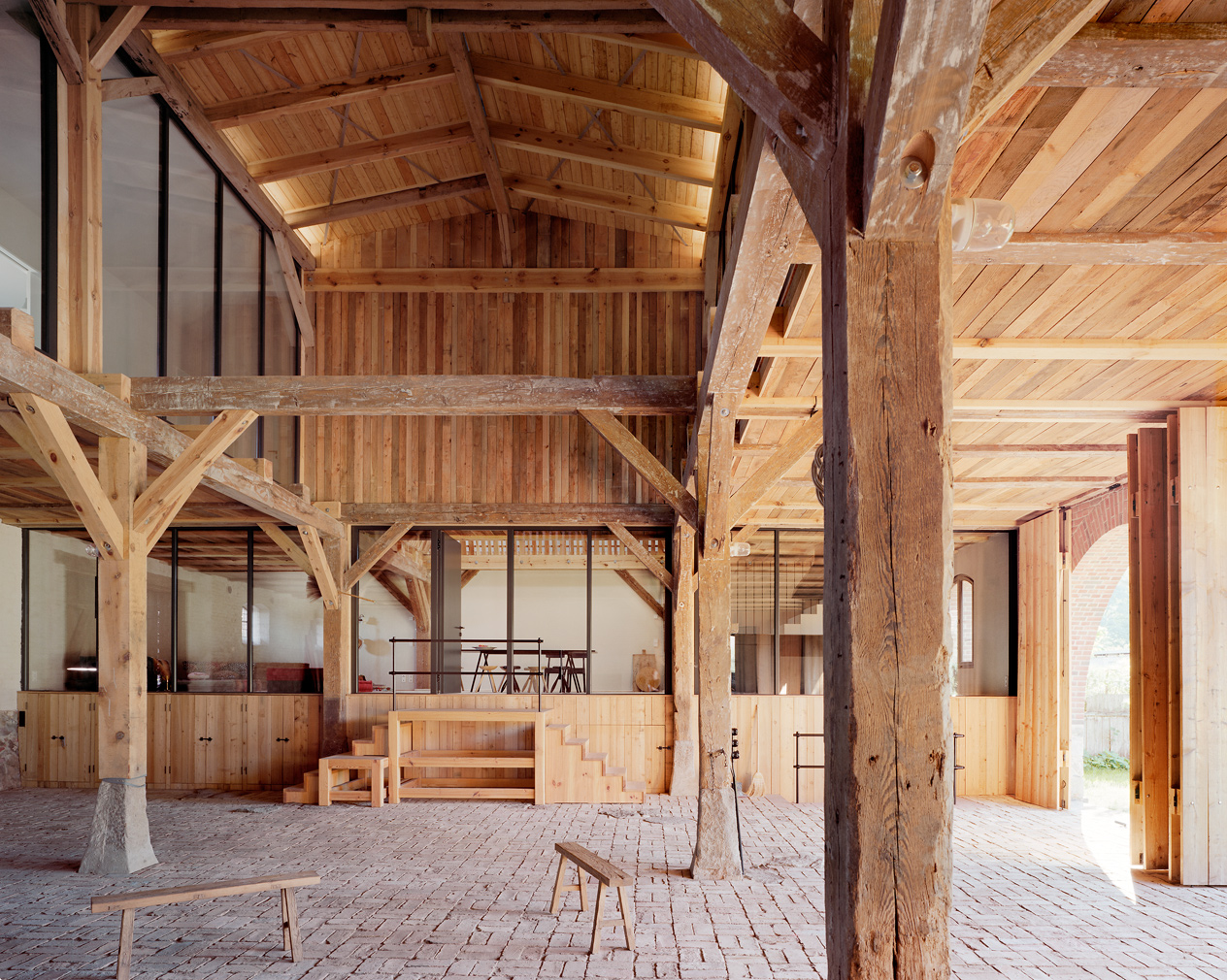
Berlin architect Thomas Kröger masterminded the restoration of this old cowshed on the west bank of Lake Oberuckersee in 2014. The structure’s original stone walls, large wooden doors and windows have all been retained, while inside, the building has been restructured and reconfigured into a four person holiday home. Communal spaces are spread over the ground floor around a central hall and the living room features a soaring seven-metre-high ceiling, and glazed walls that show the hall’s wooden beam structure.
2. Zalig Aan Zee, Knokke-Heist, Belgium

Located in the seaside town of Knokke-Heist in West Flanders, Zelig Aan Zee comprises a string of five holiday homes by Stefaan Van Dyck. Formerly fishermen’s cottages, they have been completely modernised with interiors designed by Kathleen Cassiers evoking a beach vibe through her use of reclaimed woods and sandy tones. The layouts of the cottages mirror each other: an open-plan living room and kitchen fills the ground floor and leads to the garden and an outdoor lounge. Bedrooms are located across the first floor and attic spaces, sleeping between 4-14 people.
3. Casa Via Garibaldi, Puglia, Italy
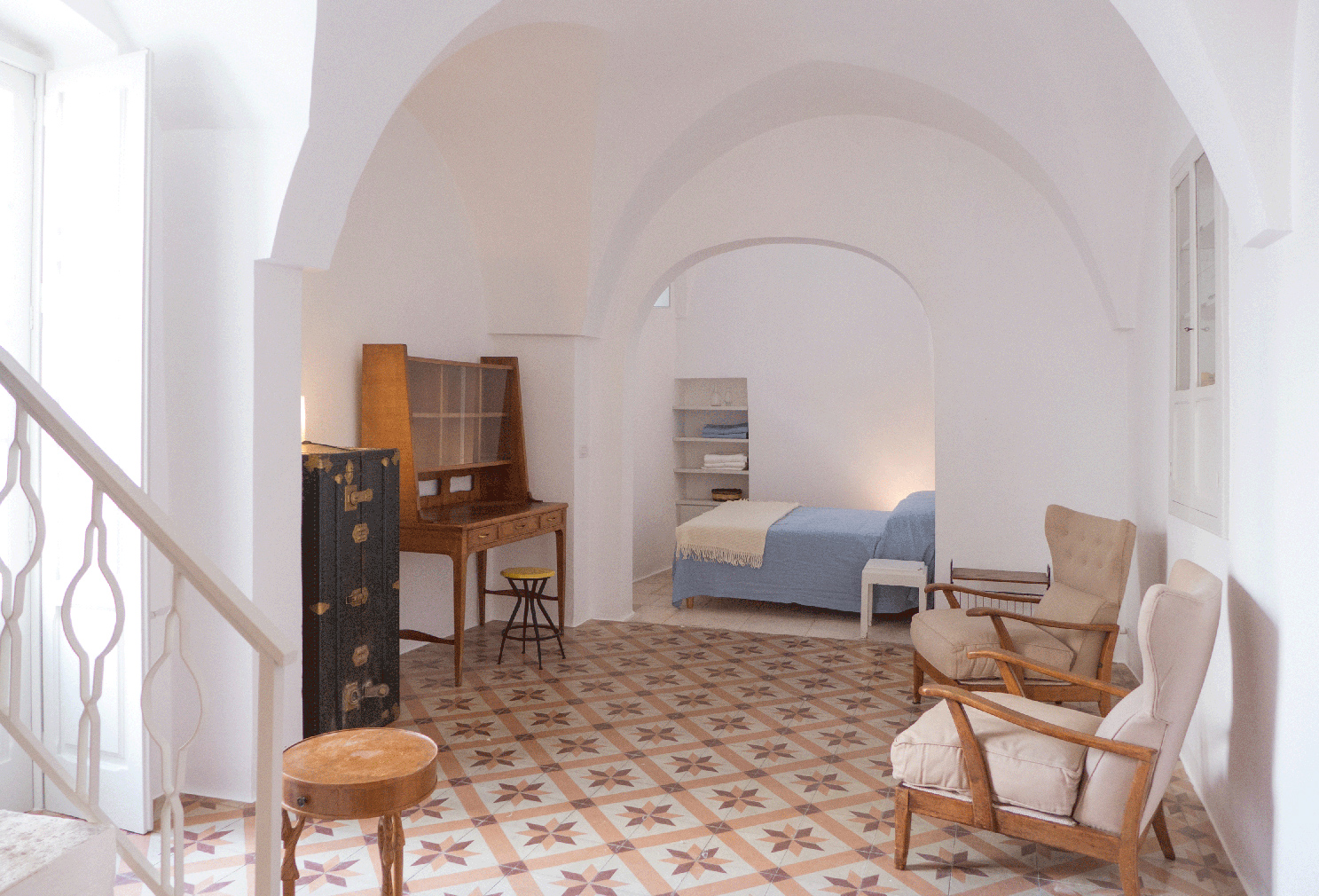
This apartment in the small medieval town of Locorotondo, aka ‘round city’, was restored in 2014 by Swiss practice Fiederling Habersang Architekten and Bari-based architect Vittorio Carofiglio. Dating back many centuries, the apartment – which is spread over two floors – features cross-vaulted ceilings in the lower floor and barrel-vaulted ceilings in the bedrooms, rendered in a crisp white finish. 1950s style Italian tiles and furnishings complete the space, which sleeps up four people, and comes with its own roof terrace overlooking the Valle d’Itria.
4. Wasserturm Berlin-Rummelsburg, Berlin, Germany
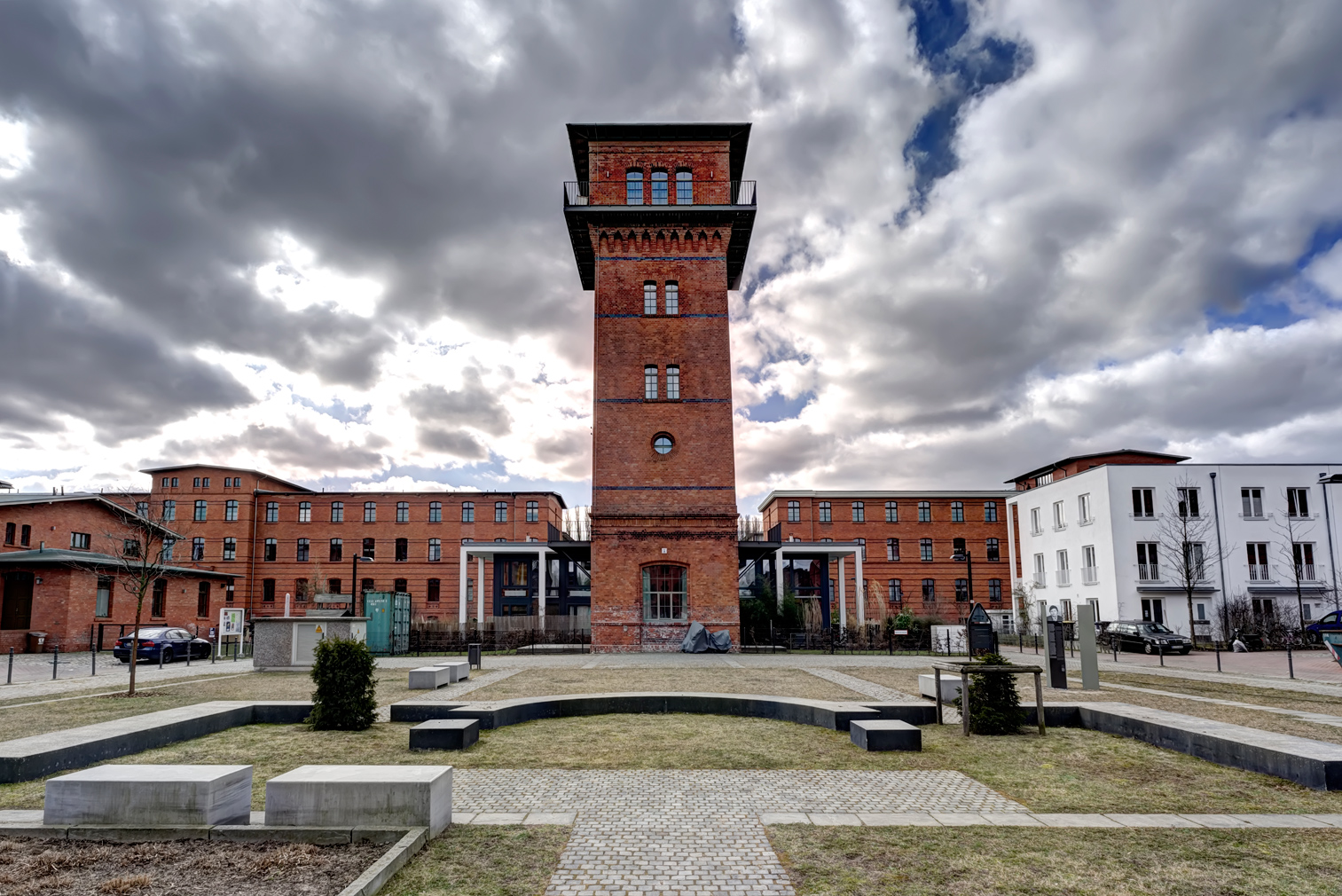
Built to provide surrounding prisons with clean drinking water, the Rummelsburg Bay tower was designed by architect Hermann Blankenstein in 1875. By the end of the 20th century, the 22-metre structure had fallen out of use. Architect Matthias Beyer-Schubert and his partner Katrin Schubert took on the task of converting it into a four-person home in 2010.
Inside, its dilapidated ceilings and staircases were replaced and five living-levels installed around a concrete and steel staircase. Minimalist in design, the structure pays homage to its industrial roots with a palette of concrete, brickwork, wooden floors and exposed steel beams used across the building’s five levels. The living room – complete with wood burning stove and wrap around balcony overlooking the TV Tower in Berlin-Mitte – is on the top floor, with a bedroom tucked beneath.
5. Mountain Lodge Tamersc, South Tyrol, Italy
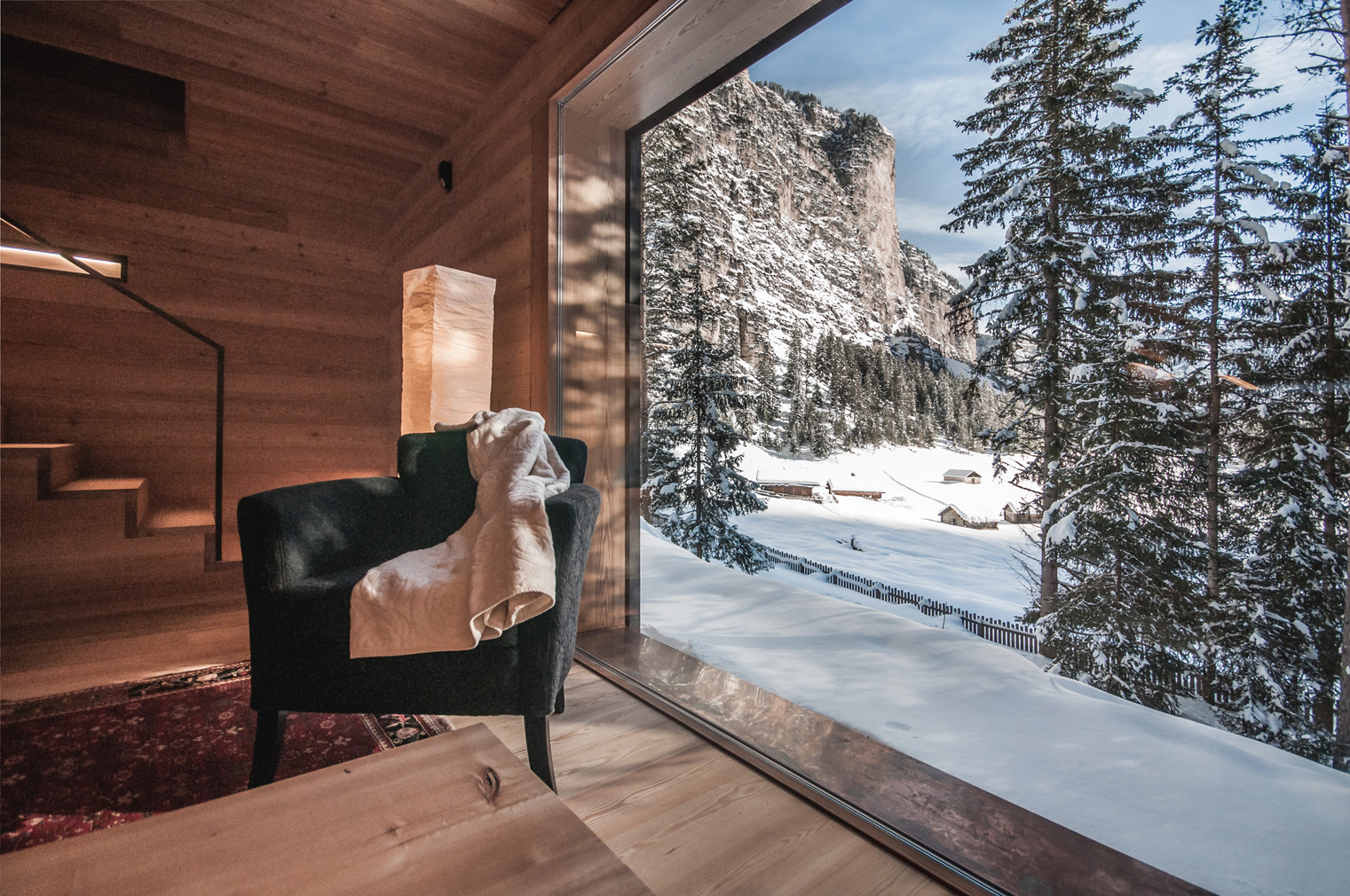
Built in 2011, Mountain Lodge Tamersc sits in the middle of the South Tyrolean Fanes-Sennes-Prags Natural Park, surrounded by meadows, forest and rocks, some 1400 metres above sea level. The property is constructed entirely from wood and designed by Brubeck-Based practice EM2 Architekten to offer a new take on the traditional hunting lodge. It is split into two volumes – a main residence, and smaller guest house – and sleeps up to six people. Don’t let the wintry pictures put you off either… The nature reserve comes alive in the summer and is popular with hikers and mountain bikers.

















